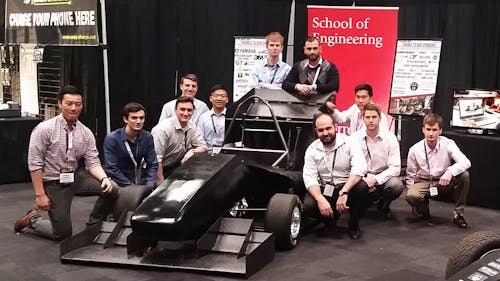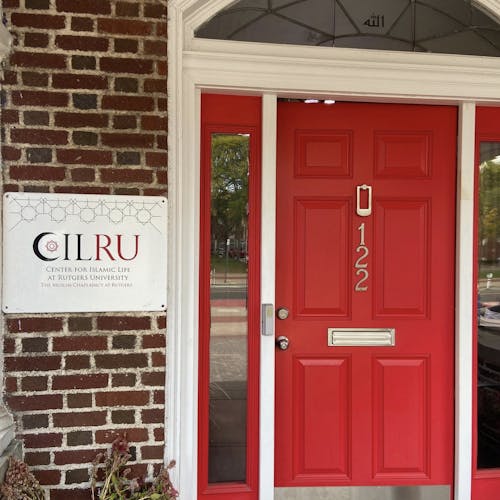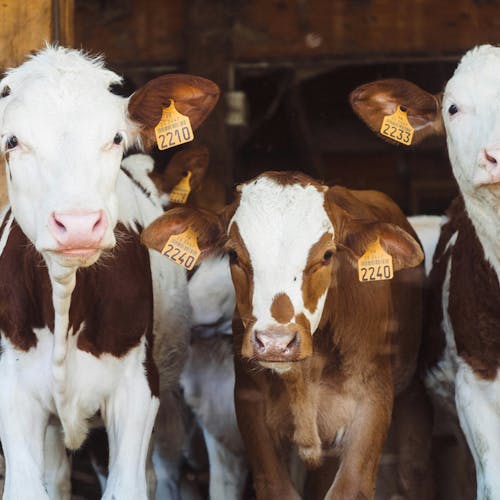Rutgers Formula Racing debuts latest car at New York Auto Show

The ability to build and drive a race car eludes most students, but one club at Rutgers just presented its custom-built vehicle at one of the largest auto shows in the world.
The Rutgers University Formula Racing Club is gearing up to take part in next month’s Formula SAE competition and enjoyed its panel at the New York International Auto Show the past week.
The New York Auto Show is probably the second biggest auto show in the world after Geneva, said Mario Saad, a School of Engineering junior and club Aerodynamics and Design Leader.
“We’ve seen a large, diverse crowd of people come in (and) talking with them has been a great experience," he said.
People have been gracious and expressed their astonishment of the club’s efforts to build their own car, he said.
The Fomula SAE competition takes place next month at the Michigan International Speedway and consists of close to 200 universities from around the world.
The club views this competition as an opportunity to be creative with business-like ideas that could potentially become proposal, said Justin Russo, a School of Engineering junior and Formula Racing Club Manufacturing Director.
“So the competition is cool because it’s based around a business pitch, and you’re trying to build this car for a certain price for the guy who wants to go out on the weekends and have something he can race in some like SAE autocross events — called 'The Weekend Racer,'” Russo said. “He doesn’t have necessarily the time or money to build one of these formula sprint cars, formula 1,000 cars on his own.”
The club realizes the importance of this competition and plans to take full advantage of the opportunity it may bring, Saad said.
“Similarly like this auto show, it’s a huge benefit regarding branding, regarding just the name of the University to be getting out there,” he said. “There are big companies that sponsor for the competition. Companies like Bosch, General Motor, Ford and Sunaco.”
There have been occasions where corporate individuals interview students on the spot if they make a good impression, he said.
“These companies award these teams who place very well with either grants, donations, jobs — jobs are a huge thing," he said.
The club began in 1989, but it took two years after for them to build its first car Russo said.
"It’s pretty cool with Rutgers’ 250th anniversary this year and our, so far, 25th car," he said.
Russo's role includes keeping a tacking list for every car part involved. He then has to create serial codes for these parts, which will then be used for manufacturing. But even then he has convinced that the parts are applicable, he said.
“So you can design the lightest parts in the world, but if they’re not (easily) made then they’re not worth anything,” he said. “(We need) to know where every part started, where every part came from, volume on parts and when they need to be replaced.”
Saad has also been with the club since his first year at Rutgers and recalls the hard work involved throughout the building process.
“You come up with a concept, and it’s easy to say, ‘this car is going to have this that,’” he said. “But actually taking and putting it into a model and saying, ‘ok this is going to work because it’s been analyzed,’ or ‘this is going to work,’ — the design entails a lot.”
Some of his roles include working with the suspension, chastity and aerodynamic components of the project.
“I work primarily with the powertrain electronics and ergonomics team to make sure that those were also integrated into complete system,” he said. “After we have come into a concept in the car we move into 3D-modeling on (computer-aided design) software.”
After the parts and components have all been designed, the analyzing review process takes place, he said. This is an essential step because it helps determine if the parts function well with the computational system.
After the analysis has been executed and everything has been checked for failure, the club finalizes the designs, double-checks and triple-checks and then move into the manufacturing process, he said.
But even with the club’s ambition and efforts to work together, they sometimes need help, especially with expenses, he said.
“We’re definitely (thankful) to the University and the mechanical engineering department for providing us with funding,” Saad said.
But even with University funding, the club still need to seek other opportunities to make up for the rest of its expenses.
“We do have to fundraise on our own and do really heavily rely on sponsorships from companies to provide us with material or service to give to make the car," he said.
But it thinks it can manage with sponsorship pitches to corporations because it has been in similar situations in the past.
Mike Nelson, a School of Engineering senior and Suspension Team Leader, said he appreciated the opportunity to work with the team, especially since it is student-run.
“I’ve been dedicating myself to learn what I can in the short period that I’ve been on the team,” Nelson said. “There’s a lot of stuff that we’ve worked on the car that has improved over the past couple of years because we’re under the mindset that we want everyone on the team to be better — to build a better car.”
Having students as superiors is a benefit because it creates a “community feel” within the team, which then creates more involvement, he said.
“Once you do get involved, you get this whole experience of building a race and engineering everything that goes wrong and fixing problems,” he said. “I think that makes the experience so much more enjoyable.”
Julian Jimenez is a School of Arts and Sciences senior majoring in journalism and media studies. He is a staff writer for The Daily Targum. See more on Twitter @JulianTheMenez.



